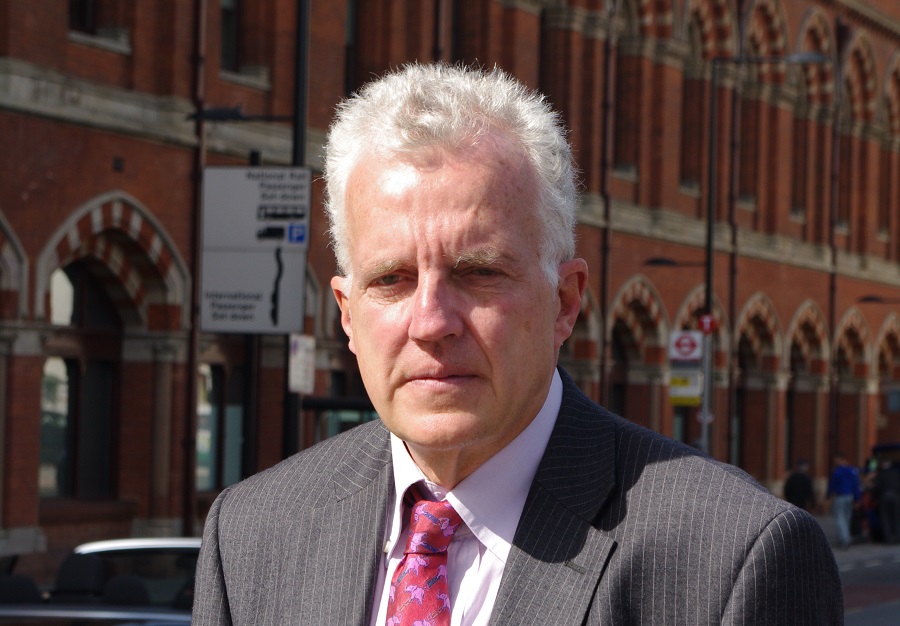The kernel of a Con-Dem policy on railways is beginning to emerge with various announcements by the transport secretary Philip Hammond, who shows every sign of being a roads man, and it’s not looking good for rail passengers. In headline terms, it’s higher fares, more overcrowding, fewer new coaches, cutbacks to projected schemes but let’s press on with the new high-speed line.
This does not add up. The National Audit Office report on rolling stock focused on the fact that Labour’s promises to introduce new trains in order to reduce peak time overcrowding have not been fulfilled. While in the short term this may make sense, as the recession has reduced demand, the Tories will now use this as an excuse to rein back the programme for new trains dramatically, and passengers will be strap-hanging again on the peak services as soon as the economy starts to grow. This is especially true of some lines in London where the population is expected to increase by up to one million by 2026.
There is little doubt that fares are going to go up in an effort to reduce the huge £5bn subsidy to the rail industry and this may relieve part of the overcrowding at peak times as some people opt for driving or taking the bus instead of the train. Currently, regulated fares – which cover season tickets and off peak services – are only allowed to go up by 1% above inflation, but the new government could change this and grab some of the extra revenue themselves. However, the Lib Dems had promised the opposite, saying in their manifesto that regulated fares would be reduced in real terms by 1% each year, so any change is likely to lead to a row within the coalition.
There is, too, going to be a lot of paring down of investment schemes. Big projects such as Crossrail and Thameslink are unlikely to be cancelled as that would seem like bad news, especially to our friends in the City, but also because it would be a waste of the money already spent.
All this is highly predictable from a cash-strapped government. Transport took 11% of the hit in the initial £6bn cuts, and yet represents only 4% of government spending. What is less clear is the rationale for pursuing plans for a high-speed line in this economic climate. The outcry from Buckinghamshire residents worried about a 15th-century bell tower will be just the start of the nimby wars against the scheme. It is going to get more unpopular as time goes on and given the cost – anything from £20bn to £30bn – where on earth is the money going to come from? Does anyone believe that the scheme could be funded without major cutbacks to investment plans on the existing railway?
Worse, Dave and his pals are eschewing the more sensible Labour plan of a Y-shaped route that would split at Birmingham with branches to Manchester and Leeds in favour of a crazy S-shaped line that would go to Leeds via Heathrow and Manchester. If Cameron were really serious about building a line quickly – the Tory manifesto promised a 2015 start – he would stick to the original Y-shaped scheme devised by an experienced team of engineers and planners during a year-long study rather than on the back of an envelope by a few Tory politicians anxious to avoid going through too many of their own constituencies.
Politically, this does not make sense. Existing rail passengers are to suffer deteriorating conditions while a gargantuan project is devised and absorbs all the spare cash intended for future passengers who may well, by then, be too busy sitting in front of their computers and videoconferencing screens to bother to travel at all.
[This was first published as a blog on the Guardian Comment is Free site on Friday June 4]
